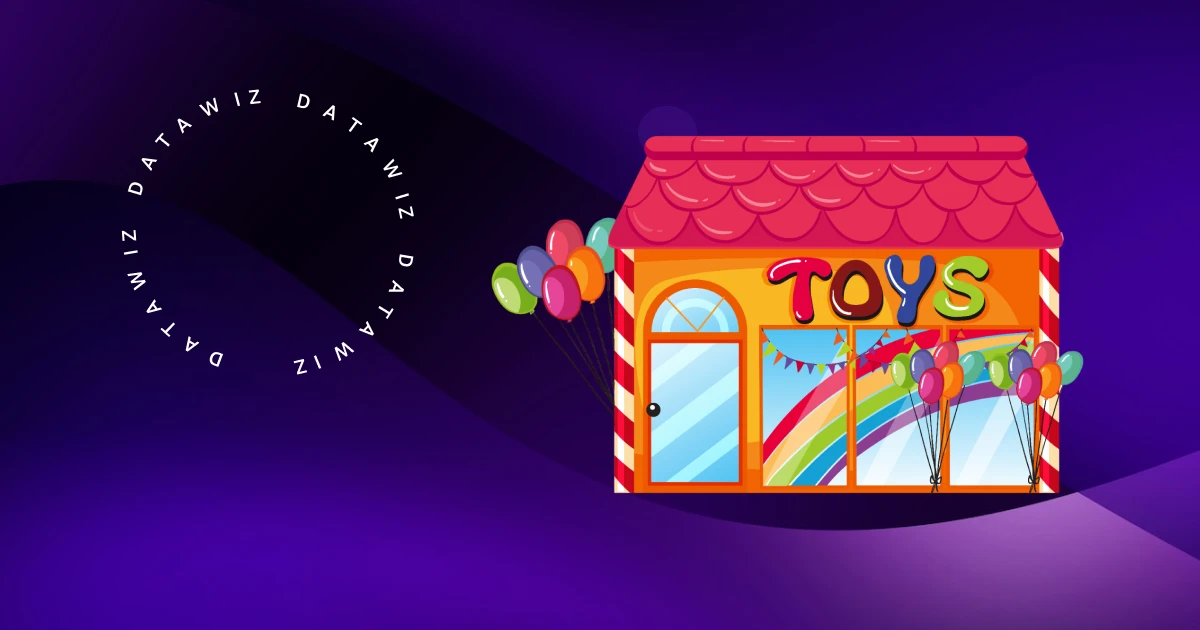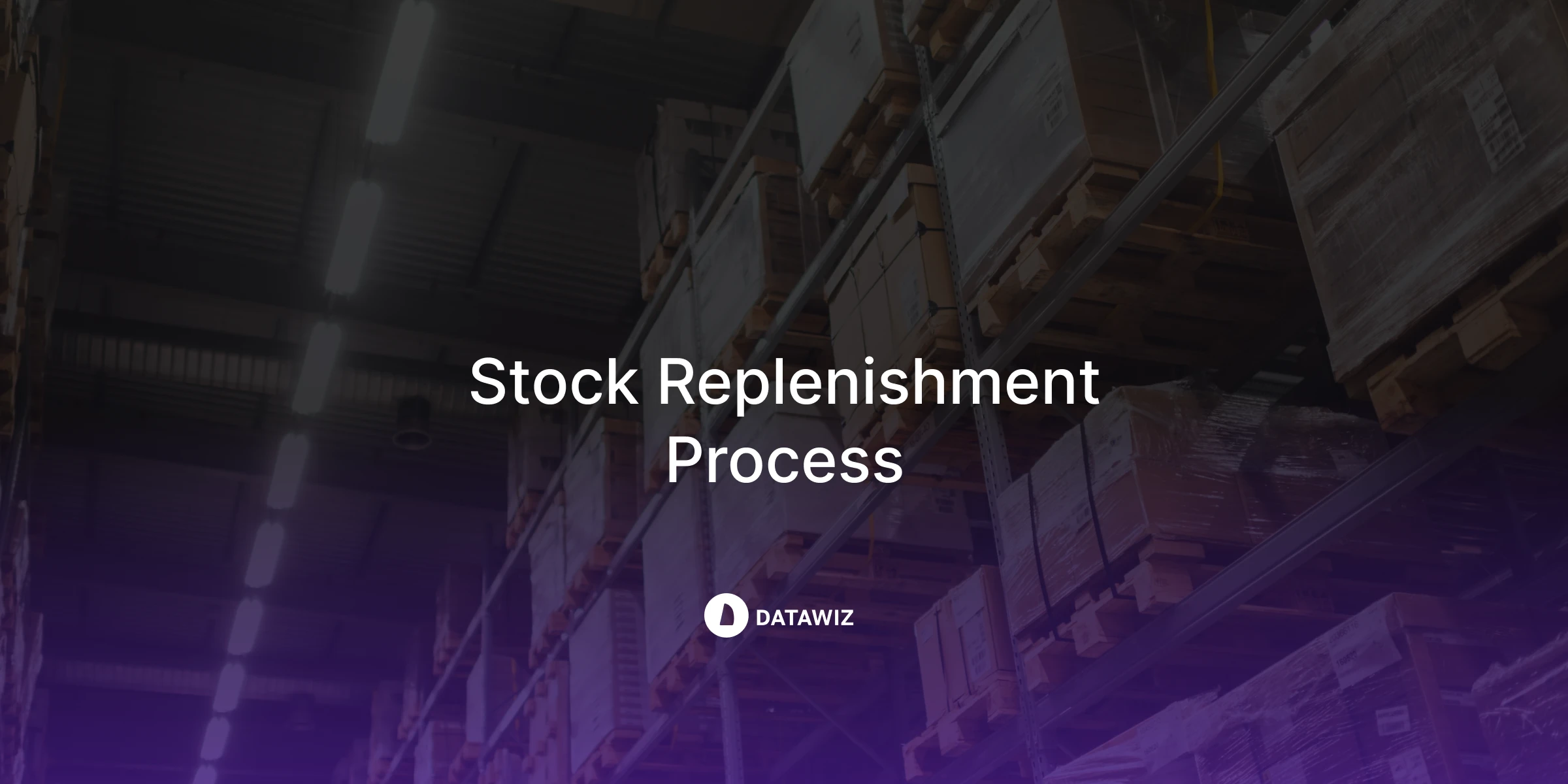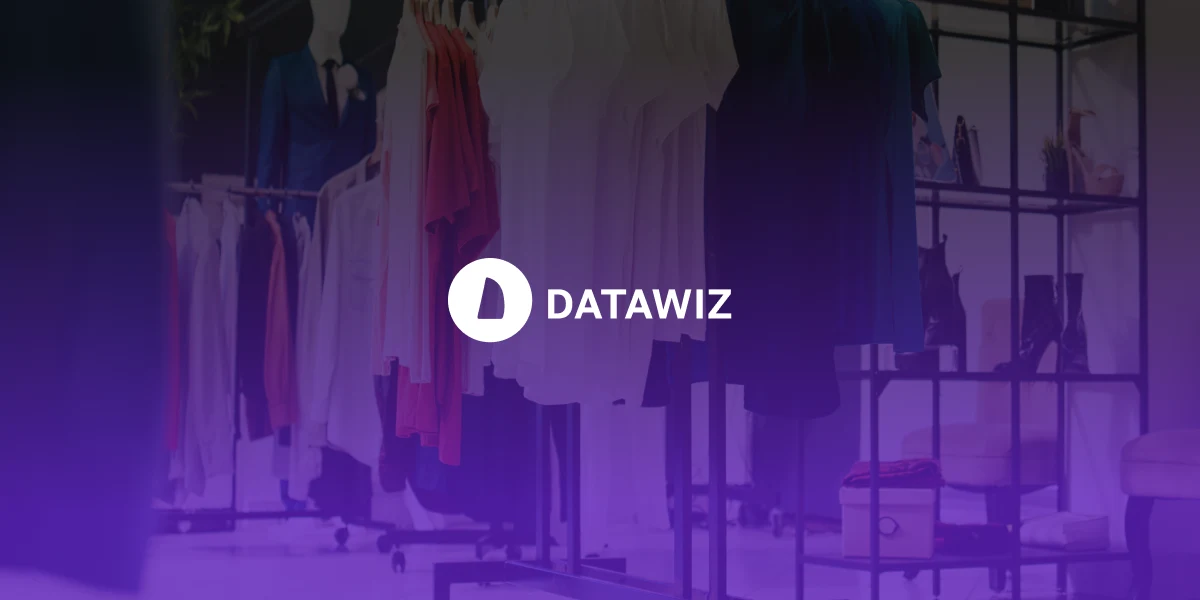A well-designed software solution is essential for success in the toy industry. Leading toy store retailers recognize that the right toy retail software enables teams to accurately forecast demand, optimize displays, and maintain healthy profit margins.
Why Toy Retail Automation Matters
The toy market is uniquely volatile. One moment, a product is flying off the shelves; the next, a trend cools and inventory goes stagnant. A robust automation and analytics platform helps you:
- Monitor a wide-assortment matrix across age groups, brands, themes, and seasonal lines.
- Respond rapidly to changing demand and seasonal surges.
- Coordinate complex supply-chain dynamics (especially imports).
- Create and implement zoned displays, planograms, and layout rotations.
In effect, the right software provides far more than bookkeeping—it becomes a strategic tool for execution of your overall toy retail strategy.
Key Features of Effective Toy Store Software for Retail
When evaluating systems, look for:
- BI-Driven Demand Forecasting: The ability to analyze historical sales, seasonality, trends, and external signals to anticipate demand for each SKU, including new product introductions.
- Auto-Replenishment & Inventory Optimization: Algorithms that manage safety stocks, inventory redistribution across stores or channels, and reorder suggestions for import suppliers with long lead times.
- Assortment Management & Rotation: Tools that help you manage product lifecycles—introduce new items, identify slow-movers, remove underperforming SKUs, and rebalance the mix.
- Planogram Automation & Display Zoning: Software that can determine how many facings a particular product needs, zone shelves by age/brand/topic, and adapt layout rules based on sales and stock.
- Supplier and Lead-Time Analytics: Metrics of supplier performance, lead-time variability, and goods-in-transit tracking—critical when the toy store retailer imports much of the assortment.
- Cross-Channel Inventory Visibility: Although our focus is physical retail, the best automation ensures transparency across stores, DCs, and channels—so you can allocate stock where it matters most.
- Deep Analytics & Dashboarding: The system should offer customizable reports (LFL, assortment performance, layout effect, stock-balance) and help you turn insights into action.
Implementing a Comprehensive Toy Retail Automation Platform
Step 1: Define Your Toy Retail Strategy
Your foundation must be a clear strategy: which age-groups you target, how broad your assortment will be, what your promotional cadence is, and how you allocate space for trend vs evergreen products. With this framework, your automation software becomes aligned, not generic.
Step 2: Assess Assortment Complexity
Toy stores often offer thousands of SKUs across age groups, brands, themes, and price-tiers. Effective toy store software for retail helps you monitor SKU-level performance and manage rotations. A BI-module will identify slow-moving items, track lost sales, and guide which SKUs to keep, introduce or withdraw.
Step 3: Plan for Seasonality & Trends
Because children’s demands, holiday patterns, and viral trends shift quickly, your software must model seasonality coefficients for each product group. High-accuracy forecasting for peak periods and trend upticks ensures you don’t become “hostage” to empty shelves or dead inventory.
Step 4: Optimize Supply-Chain and Imports
Given that many toys are imported, your system must support extended forecasting horizons (12 months or more), factor in supplier reliability, track goods in transit, and automate replenishment planning. This reduces stock‐out risk and avoids tying up capital in slow-moving inventory.
Step 5: Automate Layouts, Planograms & Visual Merchandising
Display matters. The right zone for a licensed brand or age segment drives sales, especially in the toy market. Your software should generate planograms automatically, set facings per SKU, create thematic promotional zones, and roll out layouts across your network—ensuring consistency and efficiency.
Step 6: Deploy Analytics for Strategic Decisions
Your toy store software for retail must deliver actionable insights via dashboards: like-for-like performance, stock-to-sales ratios, layout effectiveness, category health, and supplier KPIs. With BI at its core, you make decisions not on gut-feel but on data.
Best Toy Retail Automation Software
When implemented effectively, a top-tier toy retail automation solution can deliver:
- Higher inventory turnover and fewer dead-stock items.
- Improved shelf availability and fewer lost-sales events.
- More precise assortment planning—fewer slow-movers, more fast-movers.
- Faster response to emerging trends and seasonal surges.
- Greater visibility across your supply-chain and stores.
- More efficient visual merchandising and display execution.
Together, these gains support a stronger toy retail strategy and help you dominate your segment of the toy market.
To fully leverage the benefits of BI in toy retailing, integrating advanced retail analytics software is essential.Datawizprovides retailers with a powerful analytical platform that helps optimize inventory, pricing, and assortment management. Its data visualization and predictive modeling tools make it an ideal solution for transforming complex retail data into actionable business intelligence.
By integrating BI-powered systems like Datawiz, toy retailers gain the ability to forecast trends, monitor performance in real time, and enhance decision-making — ensuring sustainable growth in an increasingly competitive market.
 What's new?
What's new?





 No credit card required
No credit card required